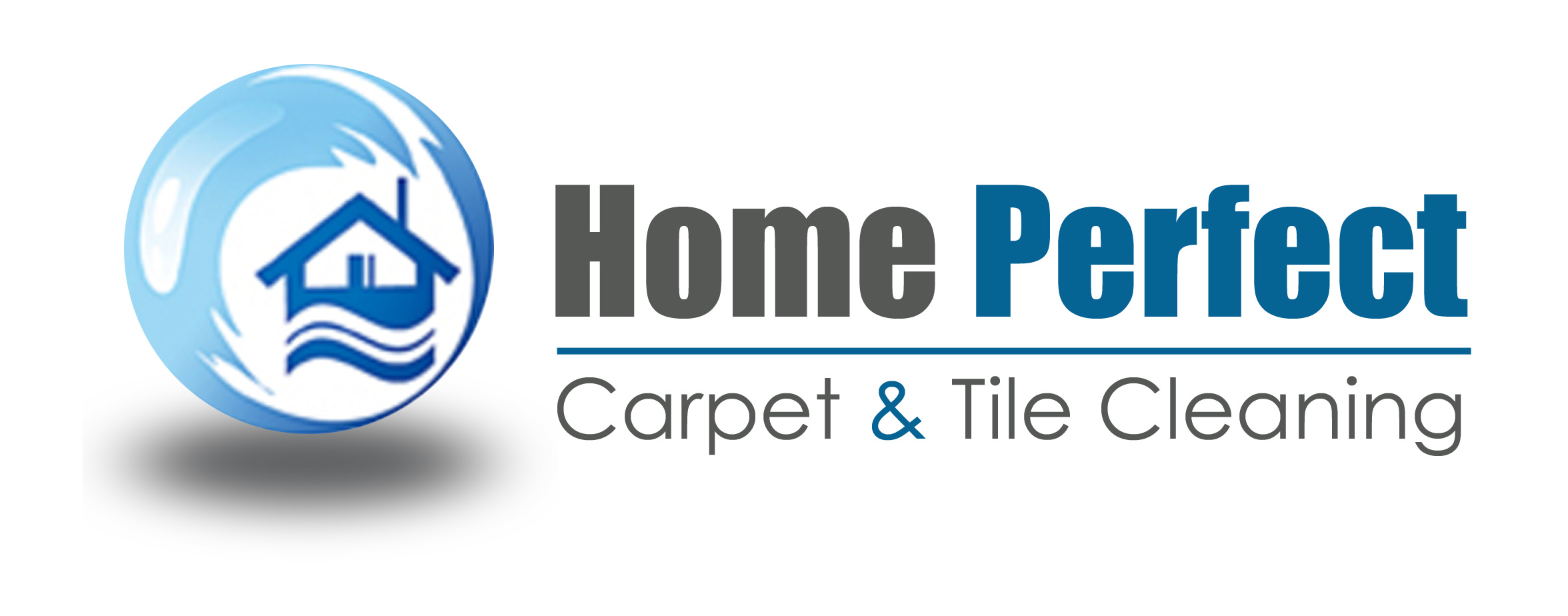Protect Your Business with Privileged Access Management
Filed under: IT Support
With many data breaches and security problems originating from inside organizations, you might think that disgruntled employees are a potential source of intentional calamity. Luckily, those situations aren’t too common. In most cases, a leak via an employee is a genuine human error, and completely unintentional on their part. Of course, the consequences and potential fallout for your business are the same, regardless of intent, and so you are still tasked with protecting your network and data against these accidental blunders.
Solid and consistent employee training can provide significant protection against security breaches, and should remain a central part of your protocol. Topics such as secure passwords, email attachments, and following questionable links should be reviewed regularly. However, education and regular reminders can only go so far; mistakes can still happen.
That’s why Privileged Access Management is becoming a key security strategy for most organizations. Essentially, this means that access to certain parts of your system are restricted on a need-to-know basis. Just as you might not give every employee a key to your safe, you shouldn’t hand out essential login and other credentials to those who don’t actually need them.
The first step to Privileged Access Management is to identify privileged information. This might mean certain account passwords, for example, or access to particular machines.
The second step is to regularly monitor usage of those accounts or machines. You can schedule regular password changes and implement regular monitoring of privileged accounts. If a breach does occur, it will be detected more quickly and the source more easily identified. Response time can be reduced, and damage minimized, when proper protocol are followed.
For more information on Privileged Access Management, give us a call at 888-RING-MY-TECH. We can review the finer details of how this system works to protect your business, and answer your questions. And of course, we can help you implement your chosen security protocol, designed around the exact needs of your organization.












